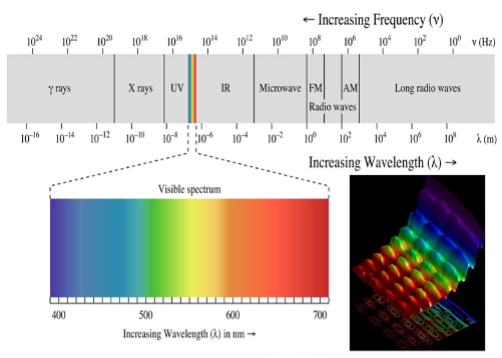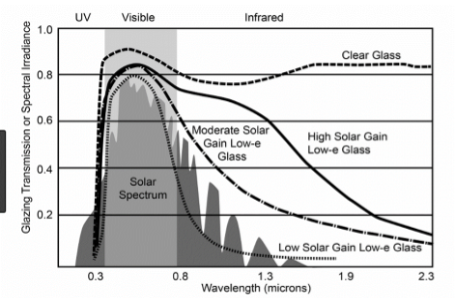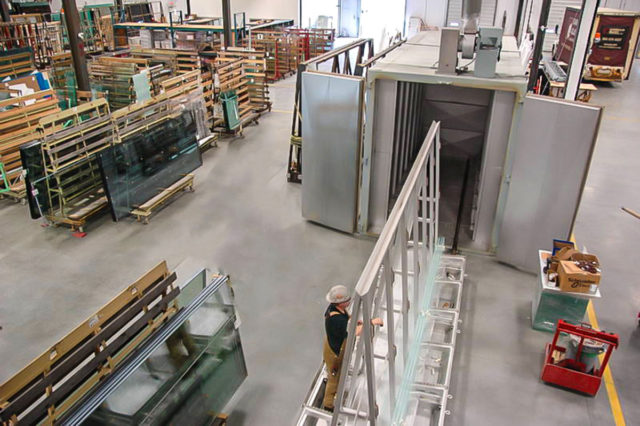Glass Performance – What does it mean and how is it measured.
What is glass performance? Most of us have a sense of what the term “performance” means when we are talking about cars, computers, phones or cameras, but how can a seemingly inanimate object or material have performance?
The key is in understanding what is trying to be achieved or controlled when considering glass performance. The role glass is generally tasked with performing in a building or even a vehicle is to provide protection from outside elements (i.e. rain, wind, cold or heat), while at the same time providing transparency (a good view), and maintaining structural integrity against wind and possibly even earthquake. In order to meet these requirements, glass needs to be able to control the following elements:
- Solar Radiation (visible sunlight as well as artificial lighting)
- Temperature (cold and heat)
- Moisture (rain and condensation)
- Structural loads (wind and seismic)
- Sound (exterior and interior noise control)
In this article we are going to focus on the first two elements (Solar Radiation and Temperature), as Moisture and Structural loads are as much a function of the framing and gasketing systems and we will cover sound control in an upcoming Gazette article.Visible light is a small portion of the electromagnetic spectrum that ranges between 380 nm to 780nm or 400 and 790 terahertz (hertz is a measurement of the frequency of a wave pattern). Other forms (wavelengths) of solar energy that glass is designed to control is Infrared (heat) and Ultraviolet (which causes fadin
The primary metrics that we are concerned with in measuring glass performance are:
- Visible Light Transmittance (VLT)
- U-value (inverse of R-value)
- Solar Heat Gain Coefficient (SHGC)
Visible light transmittance (VLT) is measured in the form of a percentage of the total visible light (total being 100%). The amount of visible light passing through a glass medium will be a percentage of the total (i.e. SN68 Clear IG has a VLT of 68%).
U-value is a measure of the resistance to heat transfer through the glass measured in Heat Units/Time per temperature differential between inside and outside (i.e. Btu/hr.ft2. °F or W/m2 °K).
Solar Heat Gain Coefficient (SHGC) is a measure of the total solar radiation (solar gain in the form of heat) passing directly through the glass and what is absorbed and re-radiated by the glazing (i.e. SNX51/23 has a SHGC of 23).
The typical objective of the glass designer is to achieve high Visible Light, while at the same time providing a low U-value (low heat transfer) and a low SHGC (low solar heat gain). This is typically achieved through coatings on the glass (low-e or reflective) coatings (silver typically being the active coating) as well as the substrate tints (i.e. blue, green, grey or bronze) or lack of body tint (i.e. low iron). We look forward to getting more in depth in future Gazette articles. If you would like to learn more about this topic, feel free to approach me at any time.








